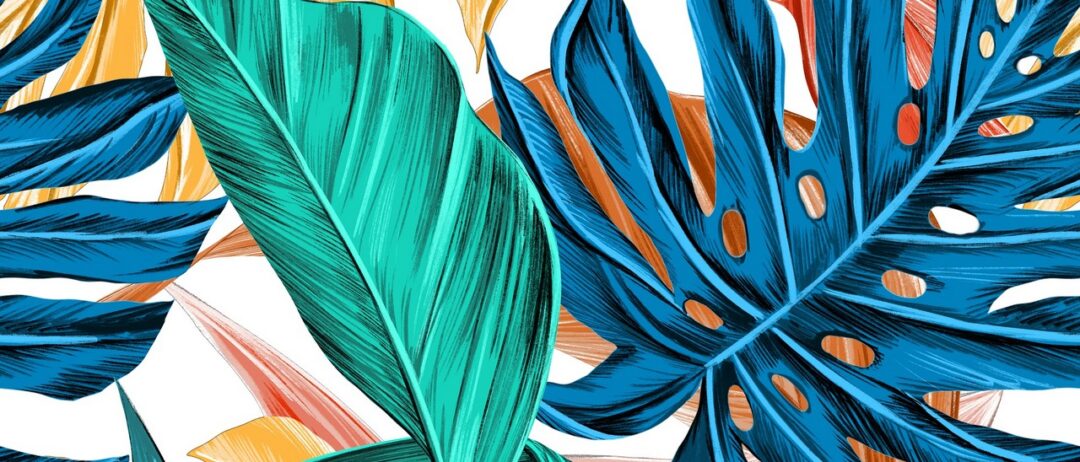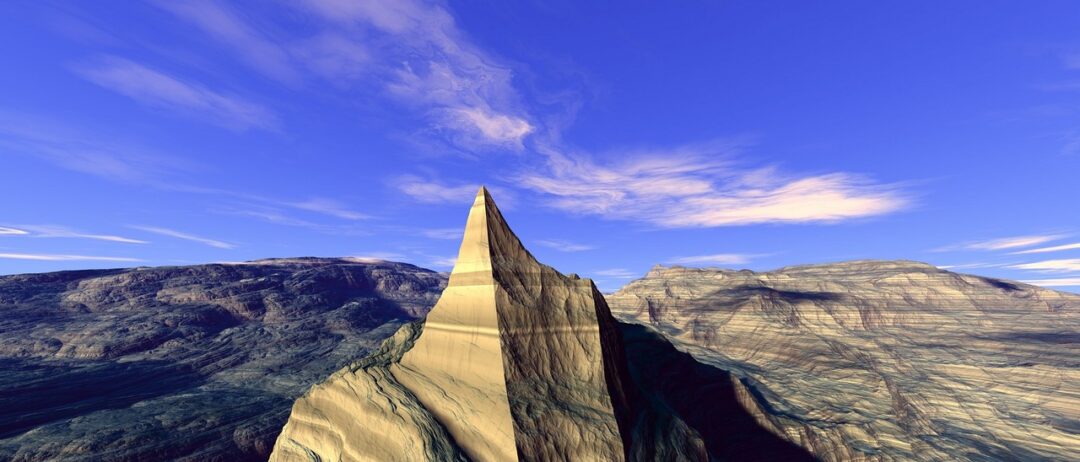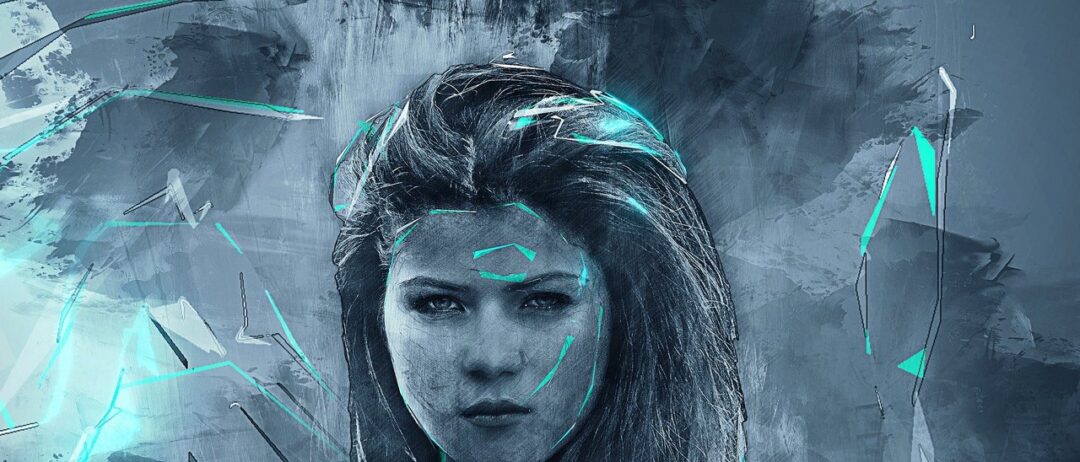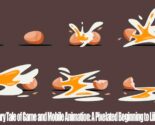
The most famous animations in the world
Animated movies are a beloved form of entertainment that can evoke strong emotions, bring laughter, and teach important lessons. From Disney classics like The Lion King and Snow White to modern marvels like Spirited Away and Frozen, the world has been captivated by the magic and creativity of animation. Each of these films is a true masterpiece in its own right and has earned a spot in the hearts of viewers worldwide. However, what truly sets these animated movies apart is their ability to convey complex ideas and emotions through colorful and imaginative storytelling. Whether you’re a child, teenager, or adult, there’s no doubt that you’ve been touched by the artistry and wonder of these unforgettable animations.
Where short animations are most often used
Short animations have become an essential part of our daily lives, and we encounter them almost everywhere—in advertisements, social media, video games, and mobile apps. They are commonly used in logo design, creating engaging explainer videos, and even in educational software. Animation experts explain that short animations are one of the best ways to communicate complex ideas effectively. As people’s attention span shortens, businesses and organizations have resorted to the use of short animations to get their message across more efficiently. Whether entertaining or informative, short animations will continue to be a crucial element in enhancing communication, amplifying entertainment, and simplifying the explanation of complicated concepts.
When the first animations were created
Back in the late 1800s, the very first animations in history were finally brought to life. It was a groundbreaking moment that would inspire generations of animators and artists to come. These early animations used the principle of persistence of vision to create the illusion of movement, with each frame carefully hand-drawn by skilled artists. The level of detail and dedication that went into creating these animations is truly impressive, especially considering the limited technology available at the time. It’s incredible to think that such a simple idea could have such a profound impact on the world of art and entertainment. In many ways, those first animations were the foundation upon which the entire animation industry was built. The rest, as they say, is history!
Animations in advertising
We’ve all been captivated by an ad that’s more like a mini-movie than a sales pitch. Well-crafted animations have the power to make us laugh, inspire us, and even tug at our heartstrings. And that’s why more and more advertisers are turning to motion graphics to tell their stories. Whether it’s a playful cartoon character or a stunning 3D visualization, animations can bring brand messages to life in a way that resonates with audiences. Plus, they’re versatile enough to work across all types of media, from TV commercials to social media posts. So the next time you’re caught up in an ad with a whimsical animation, take a moment to appreciate the artistry behind it!
What you should learn before taking an animation course
Before pursuing an animation course, it is important to have a solid foundation in the basics of art and design. Understanding principles such as color theory, composition, perspective, and anatomy will greatly benefit your ability to create strong animations. Additionally, it’s important to have a basic understanding of the software and technology used in the industry, as well as an understanding of the different types of animation styles and techniques. Gaining experience through personal projects or internships can also be incredibly helpful in preparing for an animation course. By taking the time to learn these essential skills, you’ll be setting yourself up for success and be prepared to fully immerse yourself in the exciting world of animation.
Creating animations with artificial intelligence
With the advent of Artificial Intelligence (AI), the possibilities for creating animations have expanded beyond our imagination. AI is much more efficient at rendering large amounts of data, providing designers and animators with cutting-edge technology to bring their ideas to life. Furthermore, AI can learn and adapt to different styles, making it possible for even novice animators to produce visually stunning and lifelike designs. Imagine having a personal assistant that can take care of the mundane tasks, freeing up time for you to focus on the finer details of your animation. The potential for creating engaging, immersive, and interactive animations with AI is limitless. As technology advances, it’s exciting to see what new levels of creativity and innovation will emerge in the world of animation.





